Sabine: Anna, you have been teaching yoga since 1974, are an author of several books and have made a name for yourself as an expert on the subject of yoga philosophy. Was yoga philosophy a main focus of yours from the very start, or did it come later?
Anna: I started teaching yoga having studied philosophy at the Free University of Berlin, however it was modern philosophy (i.e. Kant, Hegel, "Frankfurter Schule"). Indian philosophy seemed extremely opaque and very complex. It felt completely foreign to me and seemed incompatible with my own thinking patterns. And to be honest, it had never really been explained to me. I read Mircea Eliade and Heinrich Zimmer with a high level of interest, but for the longest time yoga philosophy appeared to have no significance in my everyday life.
It was only after having explored the explanations of these philosophical texts given by several expert teachers in the field (i.e. Desikachar, Gerard Blitz and later, Boris Tatsky) that I really became fascinated with the subject. What I have learned along the way has accompanied my thinking ever since.
Sabine: When you look at the schedules at most yoga studios these days, or in fitness centers where other group class formats are taught, it seems that fitness comes to the foreground. On the other hand, philosophy seems to have taken a back seat. It is either left out completely or only very mildly referred to in a lesson or two. Do you recall this being the case in the earlier days of teaching yoga?
Anna: It was actually quite the contrary. At the beginning when yoga arrived to Germany, between the 1950's and 1970's, philosophy was in the foreground of the yoga practice. You can see this reflected in the books on the subject which were published at that time.
Then came a wave of aerobics and fitness trends which affected the yoga du jour at the time. This was reflected in who was showing up to classes. Younger, fitter women were showing up who wanted to do something for their health. Yoga styles evolved accordingly, becoming more dynamic, faster-paced, more physically-challenging and reflected the wishes of the participants.
Sabine: I assume that over the years you have revisited texts that you had previously read. Have your views on certain aspects changed? If so, can you give us an example of a text and how your understanding of it evolved?
Anna: This is definitely the case. Last year I began what will be a training with Sriram which will span over the next few years. We are reading through several of the sacred texts: the Yoga Sutra, the Bagavadgita and the Hatha Yoga Pradipika. Sriram will guide us through explanations of these texts. What I find great is that in such cases I am forced to break away from the interpretations and teachings which I have learned or established myself. Each time I hear something new it invites me to go back and rethink the text and to compare and contrast my previous understanding with the new impulses.
Sabine: Does this affect what you teach or how you teach? Do you teach certain things differently today than how you have taught them before?
Anna: Yes. I refer to philosophy in my teaching much more today and I may add in a quote or reflection from a sacred text that helps to support that reference. Yoga philosophy is front and center in my teaching, much more so than asana.
Sabine: Can you offer me any advice on how I as a teacher can address a new or different perspective with my students? Do I have to admit that I was wrong or misguided in the past but now I am teaching 'the right thing'? Is it possible that there is no single correct perspective?
Anna: Sometimes I have to admit that I was misguided in my thinking or, as a result of ignorance, was not previously able to see the perspective which I have now. There are times when new insights can really fundamentally change the way you see some concepts, and this is an opportunity to share that evolution with my students.
I am not really convinced that there is one single correct view. The reality is that our perceptions and spiritual practices are strongly influenced by our upbringing (i.e. by means of our sanskaras). These sansakaras shape our worldview, our perspectives and our opinions which mould our thinking and our experiences. Since we all have such unique imprints through our life experiences, each of us has to look at and evaluate the world entirely based on our own unique background.
Sabine: You have often partnered with other writers when writing your books. An example is Ronald Steiner, who has developed the Ashtanga Yoga Innovation method. What is it like to co-author a book with another expert in a similar field where you may see eye to eye on some things but have stark differences of opinion on others? Have you ever thought to yourself, "No way! We can't put that in the book!"? Specifically with very dense philosophical material, I could imagine that interpretations can easily diverge from one person to the next.
Anna: This is true. For the most part, these differences of opinion can be discussed and worked out with the editor.
Yoga-Glück (Book in German titled "Yoga-Happiness")
New Insights from Neurobiology, with 10 exercise sequences to improve your happiness factor, for body and mind, incl. 2 CDs
Trökes, Anna/Knothe, Bettina
Gräfe and Unzer
ISBN/EAN (German): 9783833848155
Sabine: One of your latest books is titled "Yoga-Glück" [Yoga-Happiness]. Here's a bit of a provocative question: Does yoga make one happy?
Anna: We can, in fact shape our yoga practice to cultivate experiences of happiness in the body and mind. By integrating and working with specific foci such as mindfulness, gratitude, connectedness and strength we can develop a deep-rooted and sustainable practice.
Sabine: I can easily imagine that yoga can make me happy quite organically when I am in relative balance and content with myself and my environment. But what about when I am not particularly pleased with my life or situation at the moment? Can I still find happiness in my practice?
Anna: The practice works like a buffer, because when I am practicing I am demonstrating self-empowerment and personal efficacy. If I am just sitting there, hoping for my malaise to pass, or that someone or something will release me from my suffering, I remain a victim of my condition. If I get out on the mat and do my practice, I have taken accountability for my wellbeing and made it my personal responsibility to get myself back on track. Having a sense of agency and the willingness to practice self-care are two major steps in the direction of wellbeing.
Sabine: In your book, you provide the reader with real exercises that they can practice in addition to an introduction to a variety of philosophical approaches. Do I need to have some prior experience or guidance to do these exercises? What kind of time investment am I looking at in oder to make a real change?
Anna: You don't need a lot of experience with yoga to practice these sequences, because there are two CDs at the back of the book intended to guide you through them. As these exercises are mainly focusing on the inner experience during the practice, aspects such as alignment and adjustment are of lesser importance than in a pure asana practice.
The newest research finds that the development of a close bond with the heart on an emotional level promotes the health of the physical heart!
Trökes, Anna
Barth, Otto Wilhelm,
Paperback format (in German) 304 pages
ISBN: 9783426292648
And just as one should dedicate themselves to the Ashtanga Vinyasa practice, the best way to understand what goes on in one's mind and body as a result of a new impulse or focus is to really devote time to your own experience with it. If you want to focus on a specific aspect of happiness, for example, it makes sense to make that the point of your practice for at least eight weeks before passing it along. It makes no difference what your asana practice looks like, it can be the sequences I suggest or your own personal asana practice.
Sabine: From what I understand you are already working on your next project. Can you give us any clues as to what it's about?
Anna: I have just completed the manuscript on a very touching topic with the title "Yoga of Connectedness - The Power of the Heart". In this text I explain how the heart can be seen as the seat of our deepest identity and why the heart's role in the practice of yoga is so important. When we make a gesture to indicate 'self', we always point to the heart, not to the head or belly. In this way, we even show that we intuitively know that the heart is our center.
Developing certain characteristics such as wholesomeness, benevolence or right intention have a long tradition in yoga. To work with these, I have compiled some of the most effective (according to scientific opinion) meditations, breathing and physical exercises and recorded them in CD format. To me, these meditations really help make contact with and activate the energy of the heart.
I am also currently working on a textbook titled "Yoga and Depression" which will be published by the publishing company Herder Verlag. This book will also come with an exercise CD.
Sabine: That sounds like some very exciting work! The best of luck with your projects, and perhaps we can continue our 'happiness chat' in a discussion about the power of the heart. I would really enjoy that!
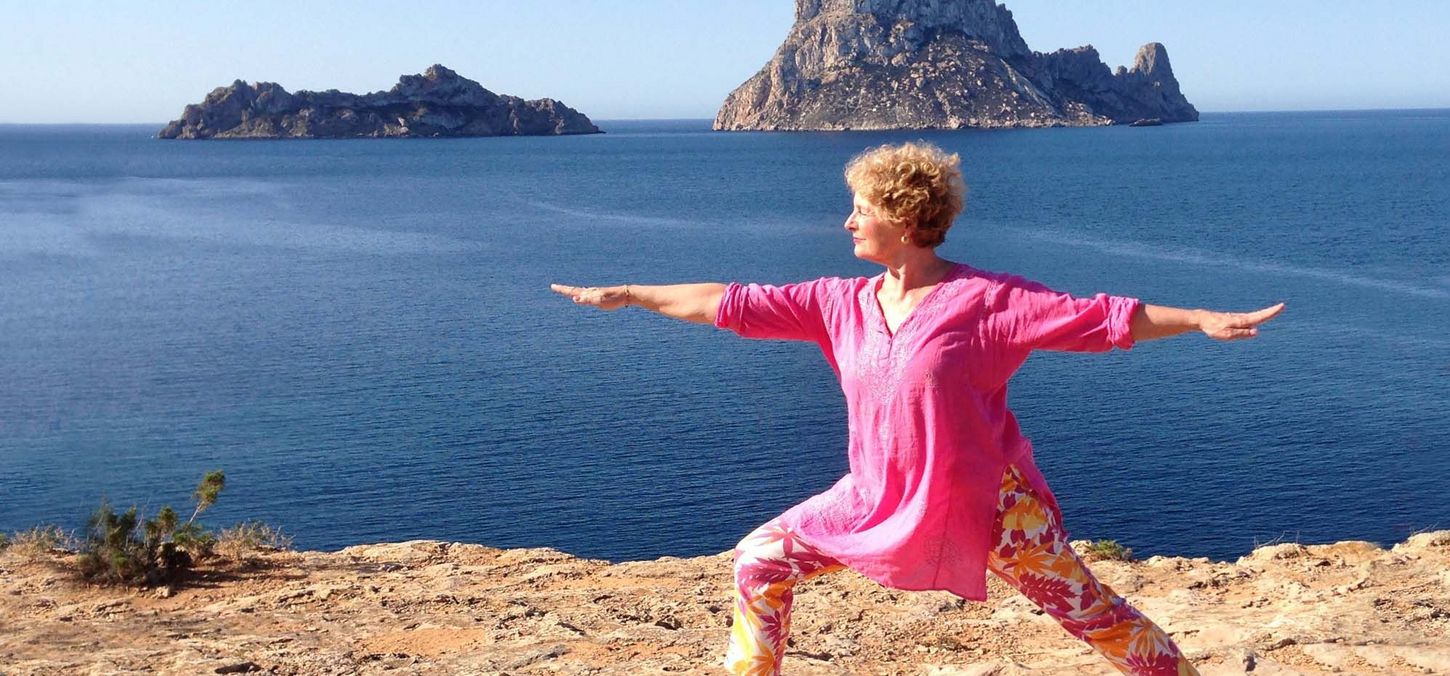

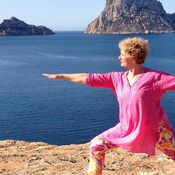
 Dr. Sabine Nunius
Dr. Sabine Nunius
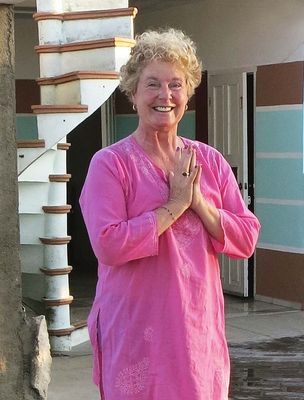
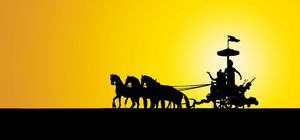

 Eberhard Bärr
& more
Eberhard Bärr
& more
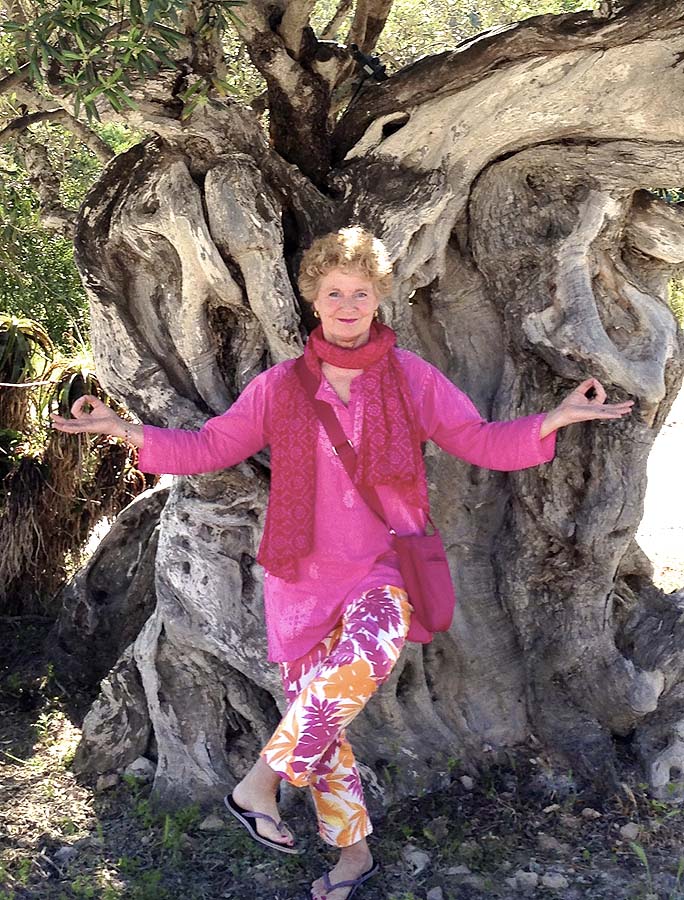
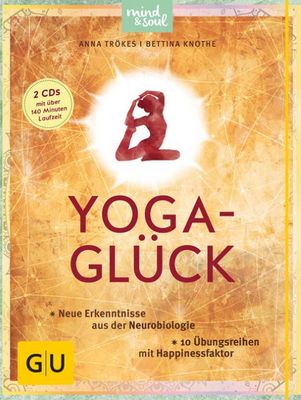
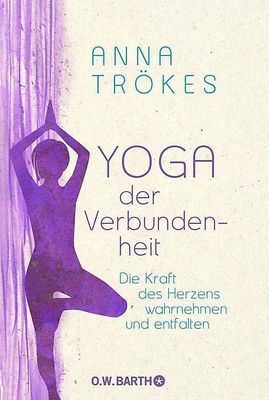

Messages and ratings